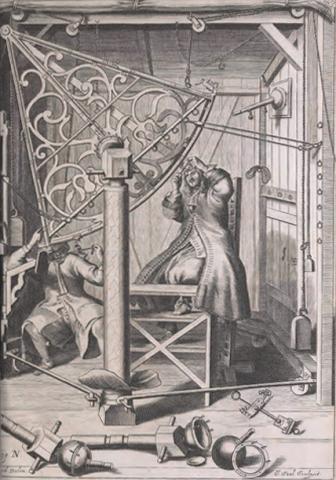by Elizabeth Bennett, Librarian for History and History of Science, Princeton University
In 2012, the Historical Society of Pennsylvania purchased the papers of veterinarian George F. Parry and his family. George F. Parry (1838-1886) of Bucks County, PA, was one of the first veterinarians to receive professional veterinary training in the United States. He graduated from the Boston Veterinary Institute in 1859, served as a veterinary surgeon with the 7th Pennsylvania Cavalry during the Civil War, and owned a farm and conducted a private practice in Newtown, Pennsylvania, from shortly after the war until his death at age 48. George married Sarah E.
Joel Klein, Indiana University
2013 to 2014 Research Fellow
Sarah Chesney, College of William and Mary
2013 to 2014 Research Fellow
Matthew White, University of Florida
2011 to 2012 Research Fellow
We are very pleased to announce that the Wyncote Foundation, based in Philadelphia, PA, has awarded a three year grant to the Philadelphia Area Center for History of Science. This grant will provide core operating support through June 2017. This is the second award provided by the Wyncote Foundation, and will help the Center continue its progress as a leader in research and public outreach for the history of science, medicine and technology. The Center and its consortium partners are extremely grateful for this ongoing support which makes all of our other programs possible.
Congratulations to Christopher Jones (2008-2009 Research Fellow), who published his first book, Routes of Power: Energy and Modern America, with Harvard University Press in April 2014. Jones is currently Assistant Professor of History at Arizona State University.
Electric cars have a rich history in America. What is their future? Here is a report by Julia Mansfield, one of our Dissertation Writing Fellows, about a recent event at the Center.
Emily Handlin (2013-2014 Research Fellow) will be a 2014-2015 Henry Luce Foundation/ACLS Dissertation Fellow in American Art. She looks forward to completing her dissertation in May 2015.
Pagination
- Previous page
- Page 48
- Next page
